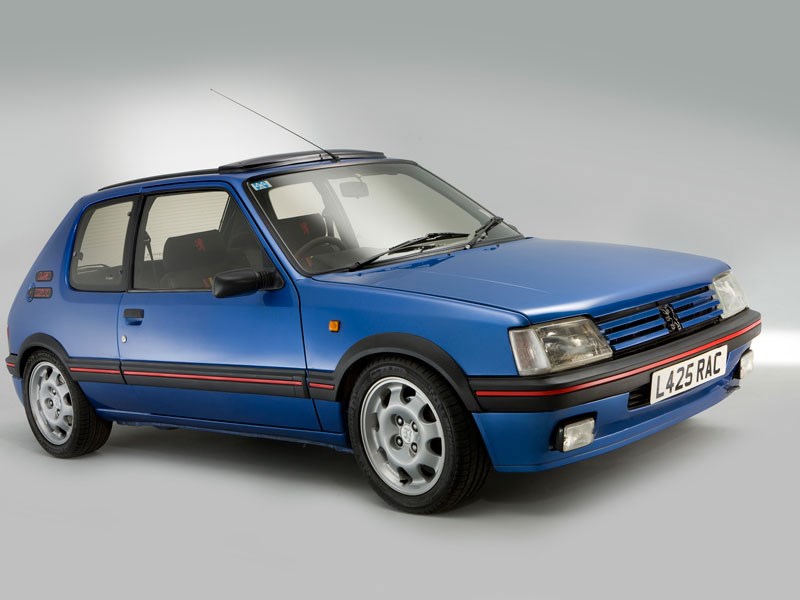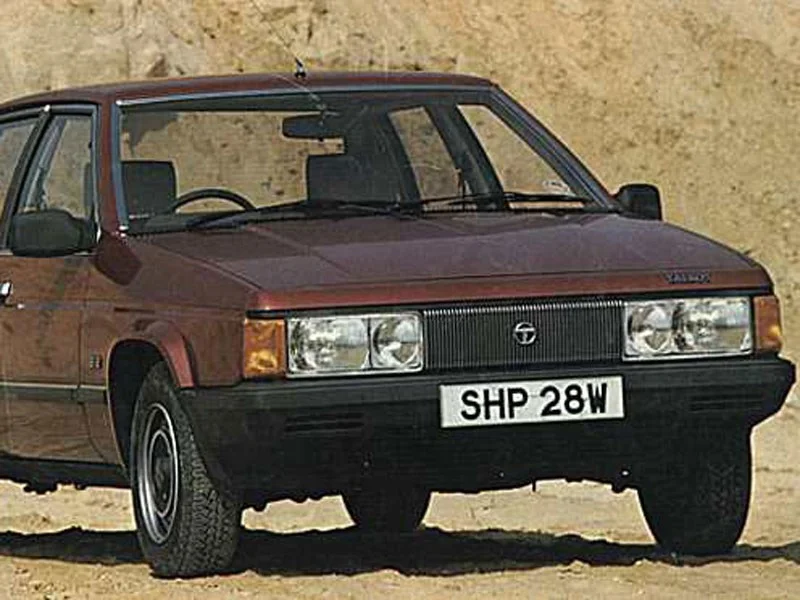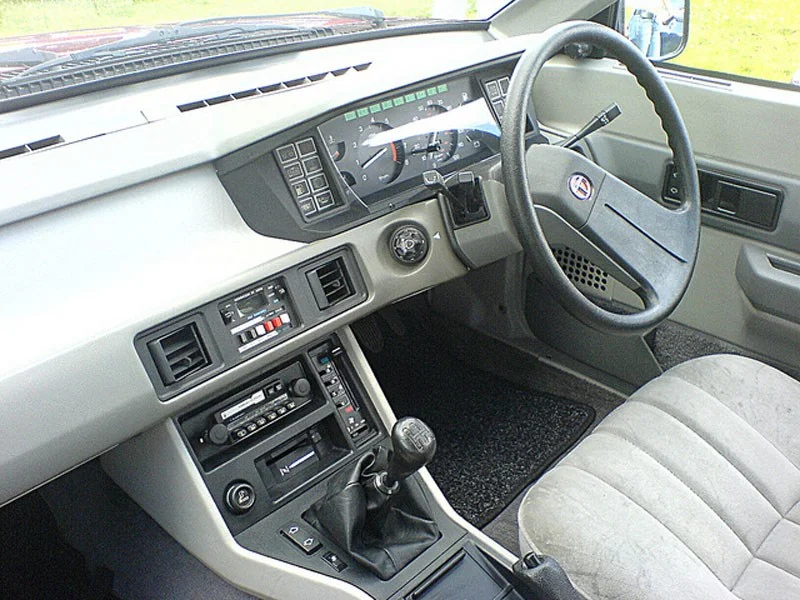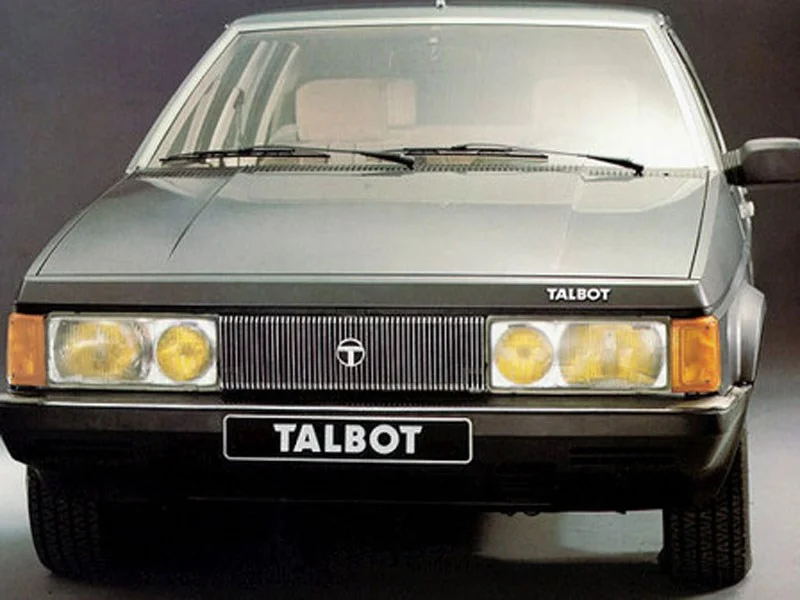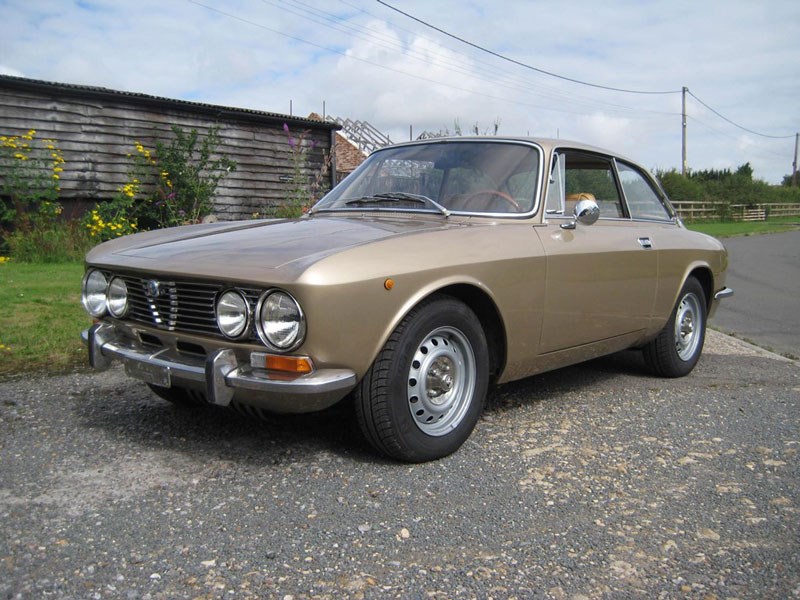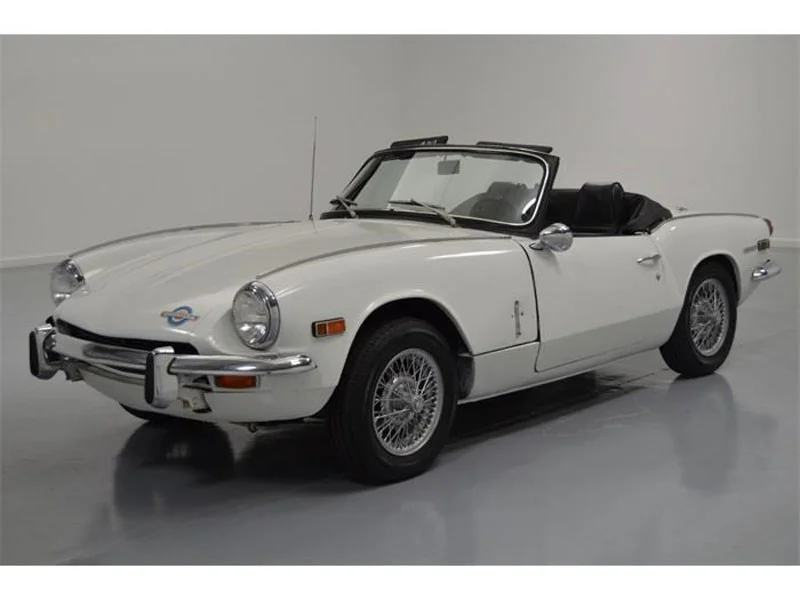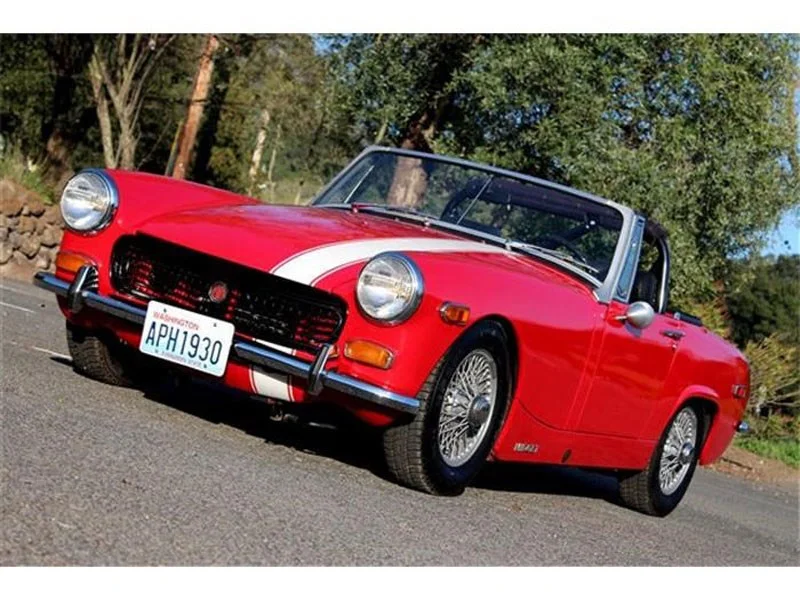Nowadays, 16-valve cars are so common that manufacturers don't even bother putting a special badge on the back to flag up the fact. Along with 'twin-cam' and 'six-speed', it's become another innovation that's seen as unremarkable, to be expected if you want your mid-range hatchback to compete with all the other motorway-sloggers in the fleet market.
But it's ill-advised to overlook it because as innovations go it's still special. By doubling up the intake and exhaust valves you increase compression and improve combustion efficiency. Engines rev higher and sound more potent. Power and torque climb and exotic qualities are bestowed upon otherwise unremarkable engines.
But 16-valve heads also produce real-world performance. You get four-cylinder economy, and although they tend to make cambelt changes more critical, they don't threaten V8-sized servicing costs.
The following 10 cars demonstrate that when powered by a great engine, they're lifted into superlative territory. In every case the engine is as iconic as the car. GTi. Sprint. VTEC. T-Spark. 'Cossie'. - all owe their prowess to 16 whirring valves...
Citroen BX 16 valve
The Citroen BX 4TC was a catastrophic failure in Group B, but thankfully parent company PSA owns Peugeot too - and the opposite could be said for the 205 T16. In 1987, Citroen pilfered a modified version of the 16-valve cylinder head from the 205 T16 to create the XU9 J4 engine.
Performance was brilliant and it was a usable, accommodating family car, combined with Citroen's loping hydropneumatic suspension. The use of glassfibre body panels made it lighter than its XU9 J4 stablemate - the excellent Peugeot's 405 Mi16 - and correspondingly faster.
The print advert screamed '16 SOUPAPES!' (French for 'valves' above a bright red example yumping a crest - leaving rivals in no doubt as to how a proper hot hatch should be built.
It was originally called the GTI 16V (and renamed the 16 Valve) and sold relatively well, especially in the UK. But it set the template for the typical French hot hatch - light, flimsy, great handling - that still holds true today.
Triumph Dolomite Sprint
The groundbreaking Dolomite Sprint was powered by the first mass-production 16-valve engine, and was the first Brit to have alloy wheels as standard. Its cylinder head won a Design Council award, and it was offered with an optional limited-slip differential. Touring car racing prowess on track and luxury on the road resulted in the sort of premium compact saloon Germany churns out today by the million.
Such a pity, then, that BL seemed incapable of giving it the quality it deserved. Then again, its twee, ageing 1960s styling disguised with 1970s vinyl and stripes demonstrated how cash-strapped its development had been - making its achievements all the more remarkable.
People forget now, but with Andy Rouse and Tony Dron at the wheel, Dolomite Sprints won back to back British Touring Car Championship titles in 1974 and 1975, were strong front runners until 1978, and even managed to finish the notoriously car-wrecking 1974 Spa 24-Hours in fifth place overall.
Porsche 944 S2
Drive a 1989 model year Porsche 911 and 944 S2 back-to-back and you might wonder why people have quite so much affection for the older rear-engined car. The 944, with its rear-mounted transaxle gearbox, is much better-balanced and the promise of superior traction when you accelerate out of a bend or away from the lights seems an obscure boast to make when the 944 is such a compliant all-rounder with more space inside and an infinitely nicer gearshift. Then you compare the size of the bills in the service history, and bear in mind that their 0-60mph times are an identical six seconds.
The transformation from cranky, gutless 924 to thoroughbred Porsche was almost entirely down to a four-cylinder 16-valve engine that became one of the biggest - at 3.0 litres - and most tractable of its kind thanks to constant development throughout the 1980s. Compare 944 prices with those of the 911 back then and it certainly wasn't cheap. But at under £10K now, it's a bargain.
MGF
The MGF was the British entry in the affordable-roadster renaissance of the 1990s prompted by the Mazda MX-5. It was also one of the most technically intriguing, with its Hydragas suspension and mid-mounted engine - surprising, given that it was developed on a tiny budget. As a result, MG had to work miracles with its parts bin. The result was based on reversed Metro subframes and powered by an engine that had to do limousine duty in the Rover 75, plug mud in the Land Rover Freelander and transport reps in the 400.
Although the 1.8-litre K-series has a sadly deserved reputation for bursting cylinder headgaskets, it felt right at home mounted in the MGF, especially in 158bhp VHPD (Very High Performance Derivative) form.
Motor sport specialists sat up and took notice of this compact box of dynamite, and it went on to see service in the Lotus Elise and Exige, Ariel Atom, GTM Libra, Caterham Seven and many others. Bearing this in mind, buying an MGF today means you get a soupcon of 1990s track-day wildness for veritable pocket money.
Honda CR-X 1.6i VTEC
Every nation's car industry bestows certain characteristics on its hot hatches. French cars are flimsy but light and crazily quick. Italian hatches add design-house flourish, and the Germans will build them heavier, but give them twice the power.
The Japanese, on the other hand, will turn in something with at least two separate acronyms in its name. It won't offer much by way of torque, but like a Japanese sports motorbike will just keep piling in relentless amounts of power as you close in on a redline that would cause single-cam Anglo-Saxon stodge to explode.
The CR-X may have tried to be a coupe, with its cramped rear seats, but if you didn't have kids it made a Golf GTi seem like a Volvo estate by comparison. The low, darting 1989 CR-X 1.6i VTEC was the first sign that a hot hatch could truly replace a sports car, as well as carrying a bootful of shopping.
Vauxhall Chevette HS/HSR
GM was never officially involved in motorsport during the 1970s - this came straight from Detroit and was designed to save money. Thankfully, faced with the Ford Escort basking in the glamour of countless rally wins, Vauxhall decided to ignore this.
Chairman Bob Price told GM's management that 'HS' stood for 'High Speed', and was to be a response to the Volkswagen Golf GTI, sold as 'limited edition' of 400. The reality was 'Homologation Special', courtesy of Bill Blydenstein, and 400 examples were needed to enter Group 4 rallying.
It featured Opel Kadett GT/E suspension, a Getrag five-speed gearbox, wheels from the Chevrolet Vega and a smart bodykit. The engine was special - a 2.3-litre Victor slant-four treated to a new 16-valve cylinder head. Sadly, despite British Rally Championship titles in 1979 and 1981, the merging of Vauxhall and Opel dealer operations across Europe a year later sealed this wonderful car's fate.
Ford Sierra RS Cosworth
From the days of the Lotus Cortina right up to the demise of the four-wheel drive rallying Escorts, Cosworth preyed on unsuspecting mid-range Fords, turning them into race and rally heroes. Although the first mass-produced Cosworth 16-valve cylinder head was the BDA as found in competition rear-drive Escorts, the 1986 Sierra RS Cosworth was a significant step forward. Why? Because it united twin camshafts, a 16-valve head and a Garrett turbocharger the size of a wheelie bin.
Other manufacturers were wary of combining so many high-compression technologies in this way. The 24-valve twin-turbo Maserati Biturbo was proving highly unreliable and Saab's 900 Turbo 16S was tuned for smooth torque- but the Sierra was armed with almighty 200bhp-plus performance. It proved itself by blitzing touring car championships the world over, until Group A rules were altered to exclude it, and set the template for every high-tech Japanese imitator that followed.
Lotus Elite Type 75
Unlike many high-end car manufacturers, the 1973 energy crisis didn't hit Lotus particularly hard - in fact, it played into its hands. Buyers started ditching their large, heavy, bluff-fronted GT cars and plumped for its sleek four-cylinder Elite instead. It promised comparable performance from a Formula 1 champion coupled with economy figures in the high 20s, rather than the low teens you'd get from a Jensen Interceptor or Jaguar E-type V12. Although unreliability proved its undoing in the mid-term, the Elite enjoyed a brief period of popularity, and legendary funnyman Dave Allen's example even turned up on his BBC1 comedy show.
It was the first Lotus to sport an engine made entirely at Hethel, reflecting Colin Chapman's thoroughbred ambitions, and it had proven itself both in competition in the back of the Europa-based Type 62S racer, and on the road in the Jensen-Healey sports car.
Toyota MR2 Twim Cam 16
In 1984 it looked like the sports car was dead. After years of criticism the MG Midget and B had shuffled off in favour of tweaked Austins, Triumph had sunk without trace taking the TR8 and Spitfire with it, and the Fiat 124 Spider had just a year left in it. Only a few 'heritage' cars remained, often in kit form, and the entire breed looked anachronistic with their poor-quality whistling roof seals and deliberately weatherproof interiors in an era of soft velour, graphic-equaliser stereos and carphones.
Japan had other ideas. Taking a sideways look at both the Fiat X1/9 and Reynard's championship-winning Toyota-powered Formula Three cars, Toyota engineers fitted a 16-valve engine with induction technology derived directly from the track. The result was a future for the sports car in the 1980s - as a pocket supercar. A new breed of track-day-fixated drivers would follow later. No wonder MG copied it...
Alf Romeo 155 16V TS
Alfa Romeo seemed to have set its new 155 saloon an impossible task. Not only was it expected to follow on from the transaxle-gearboxed V6- and Twin Spark-powered rear-drive 75 with a front-driver distantly related to the Fiat Tipo, it also did without the classic twin-cam engine that had been in service since the 1954 Giulietta.
Thankfully Fiat Group boss Paolo Cantarella employed former Lancia rally genius Giorgio Pianta to oversee a racing programme for the car that could run parallel to road car development, with the two operations feeding on each others' research.
The result was a car that drew a lukewarm reception when new, but swiftly turned into a brooding wide-arched homologation special with 2.2-turn lock-too-lock steering, foot-wide asymmetric tyres and, for Alfa, more silverware in the cabinet than Blenheim Palace - the model netted touring car titles in Britain, Germany, Italy and Spain to name a few. At its heart was a sophisticated new twin-cam 16-valve engine - with twice the number of spark plugs most manufacturers would consider normal...

















